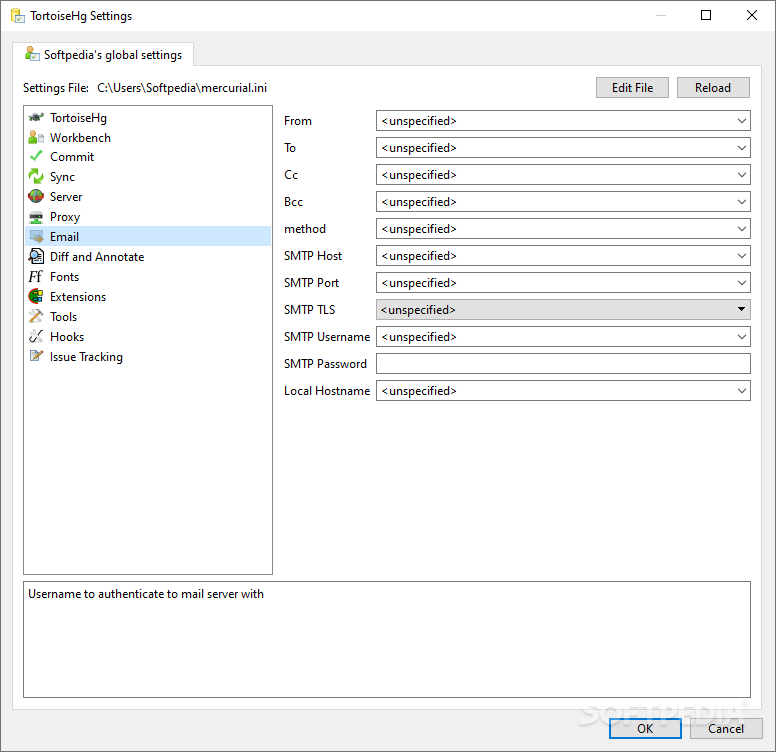

These settings can be managed via Outlook for Windows by using the Assign Policy menu option. Note: The steps below pertain to Outlook on the web. Important: At this time, you can only use pre-existing retention policies. In Outlook and Outlook on the web, personal tags with the Delete and Allow Recovery or Permanently Delete actions appear as Retention Policy, as shown in the following figure.įor further retention details on specific folders/items, please review the following references:

Users can apply personal tags to folders they create or to individual items, even if those items already have a different tag applied. Personal tags Personal tags are available to Outlook and Outlook on the web users as part of their retention policy. Users can't apply or change an RPT applied to a default folder, but they can apply a different tag to the items in a default folder. Mailbox items in a default folder that have an RPT applied inherit the folder's tag. Retention policy tags RPTs apply retention settings to default folders such as the Inbox, Deleted Items, and Sent Items. Untagged items are mailbox items that don't already have a retention tag applied, either by inheritance from the folder in which they're located or by the user. Types of retention tags - there are three types of retention tags: Default policy tags DPTs apply to untagged mailbox items in the entire mailbox. Different retention policies can be applied to different users. Retention policies allow you to group retention tags and apply them to users. The retention period is the length of time after an item arrives or is created before an action is taken. The tags are intended to be applied to folders and items in a mailbox. Note: There is no parent retention policy - any email within a folder using this retention policy will be indefinitely retained unless the owner takes some action on it.Ī retention tag contains a definition of a time limit, called the retention period, and an action to be taken once the limit is reached. Here is a listing of current retention options you can choose from: Messages within Junk Email folder are deleted automatically after thirty days of being placed within this folder - if you do not find a message within your Junk Email folder, you may be able to recover it. Inbox, Sent Items, Drafts, and Deleted Items, other folders you may have created) retain messages indefinitely. Other than the Junk Email folder, all other default folders (eg. Some folders/items have retention tags assigned by default (and may not be modified) and some can be controlled by the user. Retention policies and tags are preset for every Office 365 account. What happens to messages that are removed?.What are the default retention policies?.These local features are not recommended since they will store your data locally and the Office 365 team cannot guarantee its safety/security. Note: Some desktop clients also provide archiving features. For more details on email, chat, and text retention and archiving policies for UW-Madison, please see UW-Madison Administrative Related Record Schedules page. Regardless of what settings you see or can select within your client, archiving options will not work. IMPORTANT: Archiving policies are not implemented within UW-Madison Office 365 implementation. These include: Inbox, Deleted Items, Sent Items, Drafts, and Junk Email folders. IMPORTANT: There are some folders with retention policies that cannot be modified within UW-Madison's implementation of Office 365.


 0 kommentar(er)
0 kommentar(er)
